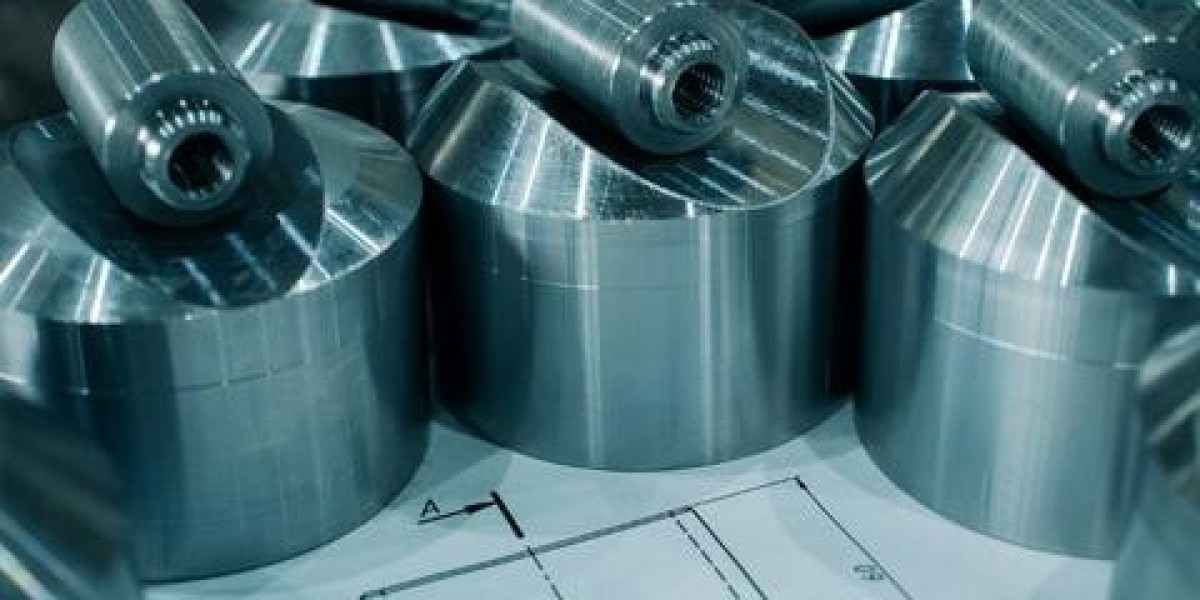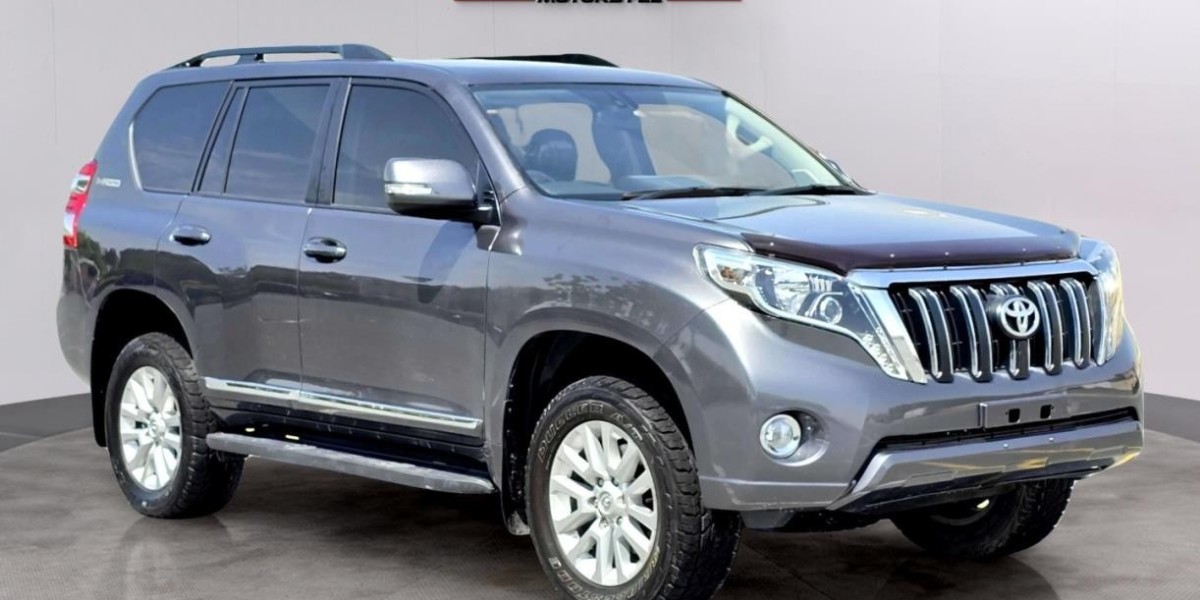Milling machines are versatile tools used in various industries, from manufacturing to woodworking. Understanding the different milling machine parts and how they function is crucial for operating and maintaining these machines effectively. In this guide, we will delve into the intricate anatomy of milling machine parts, highlighting key components and their roles.
Base: The base is the foundation of the milling machine parts, providing stability and support for all other components. Typically made of cast iron or steel, the base absorbs vibrations generated during operation, ensuring precision in machining.
Column: Mounted on the base, the column houses the spindle assembly and other critical components. It provides vertical support for the entire machine and can be adjusted for height and position according to machining requirements.
Knee: The knee is a vertically adjustable component that supports the saddle and table. It allows for precise vertical movement of the workpiece and cutting tool, enabling various milling operations such as drilling, boring, and slotting.
Saddle: Mounted on the knee, the saddle moves horizontally along the length of the table. It supports the workpiece and cutting tool, facilitating accurate positioning and machining.
Table: The table is the work surface where the workpiece is secured during machining. It can be moved manually or using power feeds in longitudinal, transverse, and vertical directions, allowing for precise positioning and cutting.
Spindle: The spindle is the heart of the milling machine, responsible for rotating the cutting tool at high speeds. It is mounted vertically or horizontally depending on the machine type and can accommodate various tool holders for different cutting operations.
Cutter Head: The cutter head houses the cutting tool, such as end mills, face mills, or drills, and is attached to the spindle. It rotates at high speeds to remove material from the workpiece, shaping it according to the desired specifications.
Power Feed Mechanism: Power feeds enable automatic movement of the table and/or spindle during machining, improving efficiency and accuracy. They can be controlled manually or through CNC (Computer Numerical Control) systems for precise and repeatable operations.
Conclusion: Mastering the anatomy of milling machine parts is essential for anyone involved in machining operations. By understanding the functions of each part, operators can maximize productivity, achieve precise results, and ensure the longevity of these versatile machines.








